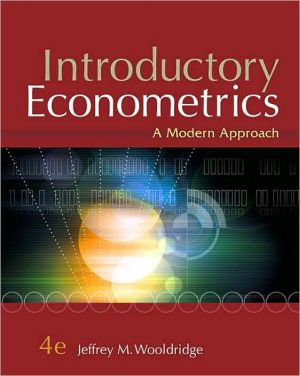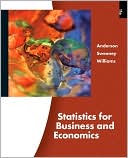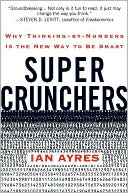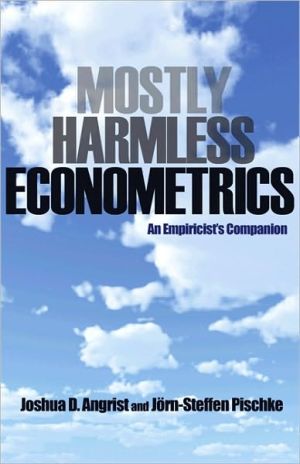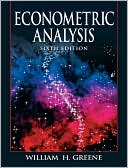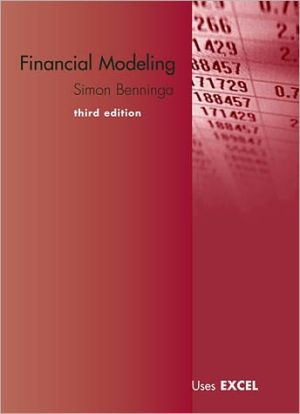Introductory Econometrics: A Modern Approach
INTRODUCTORY ECONOMETRICS: A MODERN APPROACH, 4e illustrates how empirical researchers think about and apply econometric methods in real-world practice. The text's unique approach reflects the fact that undergraduate econometrics has moved beyond just a set of abstract tools to being genuinely useful for answering questions in business, policy evaluation, and forecasting environments. The systematic approach, which reduces clutter by introducing assumptions only as they are needed, makes...
Search in google:
Adaptable to both advanced undergraduate and graduate courses, this textbook develops statistical methods for estimating economic relationships and evaluating government policy, covering multiple regression analysis with cross-sectional data, econometric analysis of time series data, panel data methods, and endogenous explanatory variables. The third edition reorders the assumptions for simple and multiple regression and adds more data sets. Annotation ©2005 Book News, Inc., Portland, OR
1. The Nature of Econometrics and Economic Data. PART 1: REGRESSION ANALYSIS WITH CROSS-SECTIONAL DATA. 2. The Simple Regression Model. 3. Multiple Regression Analysis: Estimation. 4. Multiple Regression Analysis: Inference. 5. Multiple Regression Analysis: OLS Asymptotics. 6. Multiple Regression Analysis: Further Issues. 7. Multiple Regression Analysis with Qualitative Information: Binary (or Dummy) Variables. 8. Heteroskedasticity. 9. More on Specification and Data Problems. PART 2: REGRESSION ANALYSIS WITH TIME SERIES DATA. 10. Basic Regression Analysis with Time Series Data. 11. Further Issues in Using OLS with Time Series Data. 12. Serial Correlation and Heteroskedasticity in Time Series Regressions. PART 3: ADVANCED TOPICS. 13. Pooling Cross Sections across Time: Simple Panel Data Methods. 14. Advanced Panel Data Methods. 15. Instrumental Variables Estimation and Two Stage Least Squares. 16. Simultaneous Equations Models. 17. Limited Dependent Variable Models and Sample Selection Corrections. 18. Advanced Time Series Topics. 19. Carrying out an Empirical Project. APPENDICES. Appendix A Basic Mathematical Tools. Appendix B Fundamentals of Probability. Appendix C Fundamentals of Mathematical Statistics. Appendix D Summary of Matrix Algebra. Appendix E The Linear Regression Model in Matrix Form. Appendix F Answers to Chapter Questions. Appendix G Statistical Tables. References. Glossary. Index.
\ From the Publisher"The most important strength of this text is its close connection (in terms of both style/structure and content) to the way empirical research is actually conducted. In particular, the emphasis on whether or not an estimated relationship can be considered causal is central to econometric practice today, and this book, unlike many others, makes that clear. The book is very comprehensive, with a wide range of topics that other introductory econometrics books do not always include but that are very common in research (e.g. panel data)."\ "I use Wooldridge because it provides a nice balance of equations, examples, and well-written intuitive descriptions of econometrics. The text provides clarity, discussion, and analytic rigor, with chapter problems that are both paper and computer-based. The review of chapters in the Instructor's Guide is useful, especially as a guide in deciding how to pare down the topics to a reasonable size for one semester."\ "One of the biggest strengths of this Wooldridge text is the way in which it brings together the majority of mainstream econometric models in an easy to understand and coherent manner that is suitable to a wide audience from undergraduates, graduates, and a reference text for applied economists."\ \ \
